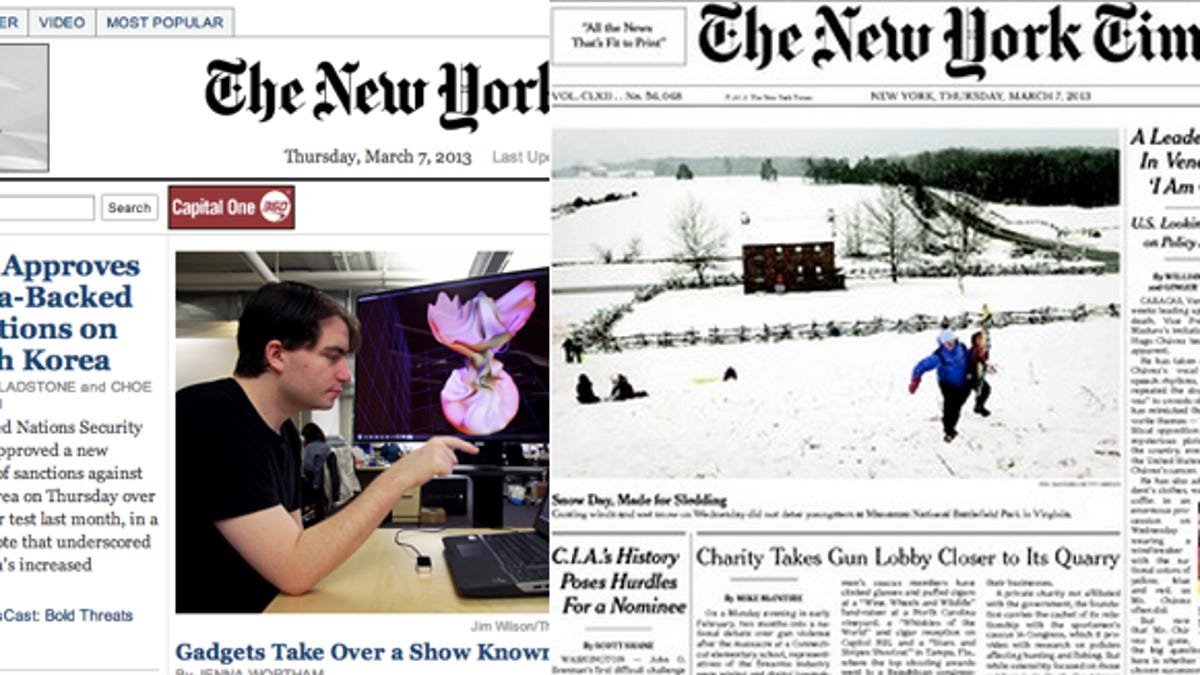Facebook's revamped News Feed: The new normal
How do you know when the news feed revolution is over? When they all start to look the same.

Everyone knows how to read a newspaper or a book. They all have some variation of text, columns, pages and pictures. The basic design frameworks have been improved and fine-tuned for human consumption, but they remain little changed over the last several hundred years.
Now we hear about sweeping changes to the design of news feeds in social-networking services. Google just introduced bigger cover photos and some improved navigation to Google+. Twitter is always tweaking the presentation of its news feed, such as Twitter Cards that allow users to include rich media such as video and photos as part of a tweet.
And, today Facebook introduced a major revamp of its News Feed design, with bigger pictures and maps, smoother navigation, and new filters to slice and dice News Feed items.
Facebook, Google, Twitter, LinkedIn and others are all immersed in figuring out how best to present a fast-changing, columnar river of information on a large scale. They closely watch each other's design changes and invest in thousands of hours of A/B testing in hopes of boosting engagement and ad click rates.
With its first major revamp since it rolled out News Feed in 2006, Facebook has established a new baseline. But after years of development, the social news feed revolution is over, unless bigger pictures and less clutter make a revolution. Over the last few years, the news feed form has found its footing, and a common design language has evolved (see the images below).
In addition, along the form follows function axis, news feeds are becoming more similar functionally. Facebook, for example, announced today a "following" tab that shows every post from the people and publishers you subscribe to. In other words, just like Twitter's core follow function.
Mark Zuckerberg today described Facebook's News Feed goal as trying to deliver the "the best personalized newspaper" to everyone in the world. "The best personalized newspaper should be intricate, rich, and engaging," he said.
Zuckerberg's description, in addition to rooting designs in the mobile experience, is applicable to any of the social-networking services. As he suggests, the real innovation in news feeds will happen under the covers, not at the design layer, which is becoming more standardized every month. Ultimately, news feeds will succeed on the quality of personalization, improving algorithms and finding better ways to connect people with other people and with the information they want or don't know they want but should have.

